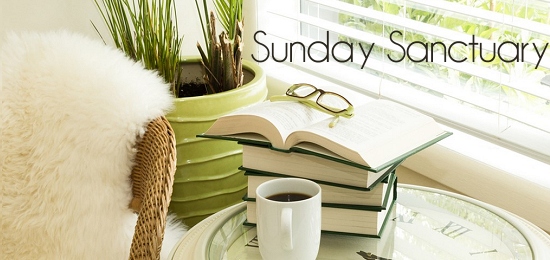
For as long as I can remember, I have loved flowers and plants. Dirt runs through the veins of most of my family members – my father grew up on a farm and my mother had a gift for growing lush potted plants. My granny’s backyard was a paradise, inviting my imagination to run wild as I played. There is a deep soul desire to create 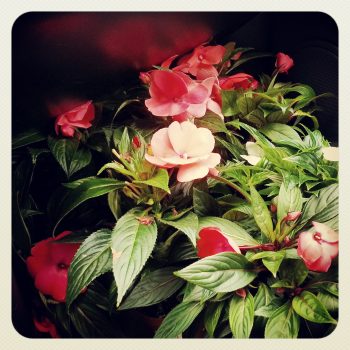 verdant outdoor spaces.
verdant outdoor spaces.
Traditionally, Southern Women Grow Things, even when we no longer live in the south. And life in suburbia, especially in the land of Home Owner Associations demands careful tutelage. The goal is to own the house that stands out enough to be a showplace yet blends into the rest of the neighborhood so it isn’t an eyesore.
Yes to sumptuous beds edging your home; no to painting the house magenta. Gardening is creative endeavor and I deeply admire those whose canvas is flowers and greenery.
As I have gotten older and grown in my own confidence as a creative, I have learned that sadly, having a green thumb is not one of my gifts. Yes, I can manage choosing plants that present a pleasing visage in the beds around my home, but I can equivocally say that it’s not really my gift, no matter how much I wish. And frankly, it’s a bitter pill to swallow…just like the realization that while I understand the basics of constructing a dress, I’ll never be a good seamstress.
Yet, I live in the land of HOAs and the thread of desiring to connect to the earth and growing things remains as a part of my life.
In the fall, I plant tulips and daffodils. They fit me and my personality: the careful planning of a pleasing design with attention to color, bloom time, and height. I order my bulbs online and when they arrive, I plant them over a series of days. It gives me the opportunity to dig in the dirt and connect with that portion of my heritage without overwhelming myself. Because bulbs come back year after year, I only have to supplement the bare spots.
Best of all, there is no need to do much tending once they’re planted. They just bloom.
As the tulips fade, I am in a space of dread.
Late spring plantings with an eye towards summer demands more. I love the planning part: choosing plants that will grow with a certain amount of sun or lack thereof, flowers with pleasing leaves and colors that will be just the right 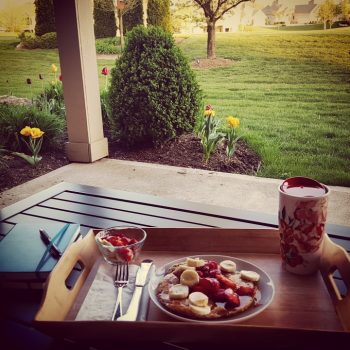 compliment to the permanent pieces of landscape like trees and bushes and the curve of the walk.
compliment to the permanent pieces of landscape like trees and bushes and the curve of the walk.
But, damn, I have a lot of blank space to fill, and this is where it gets complicated for me. It requires multiple trips to Lowes to purchase not just flowers but supplements for the soil and fertilizers to help them grow.
After my third trip to Lowes, I have amassed sixty-one plants. Five wax leaf begonias, all white. Sixteen French Marigolds, five rust and eleven yellow. Forty Vinca: seventeen pale pink and eleven cranberry pink for the back; seven white and five lavender for the front.
Want to know another trait of creative people? Sometimes we let our passions lead us into the territory of overwhelmed. On that last trip home in the back in the car crammed with foliage, I was beginning to question what I had committed myself to doing.
One of the ways I nourish my creativity is mornings on the deck with my coffee and journal. The flowers feed that sacred time. Despite my lack of having a green thumb, I’ve spent my years nourished by the presence of growing things. And now, to have that, I need to dig sixty-one holes.
Sixty. One. Holes.
I may have uttered words of prayer as I thought “Oh, I wish I had some help.” More than once. As I paid for the flowers, as I loaded them into the back of the car, and during the ten minute journey home.
I turn into our neighborhood and pass that house. The one with the most beautifully tended landscaping and see that the gardener is there. Impulsively, I pull over, roll down my window, and say “Do you have a card?”
She smiles. “I never had cards printed; my business keeps expanding by word of mouth. What is it that you need? Design? I’m a Master Gardner. Or…?”
“Honestly, I just need help getting all my summer plantings in the ground.”
“So, what do you got?”
I pop open the rear door and she says, “OH, that’s not that much. We’re almost done here and could be at your place and be gone in a couple of hours.”
As I’m driving home, I feel like the luckiest gal in the world. I see it as a sign from God that though my prayers had been silent, I was heard.
They arrive at noon, the lovely Julie, the Master Gardener along with her daughter, her assistant Lucas and his friend Chris. Julie and I walk and I show her what I had envisioned. Meanwhile, her daughter begins pulling back the 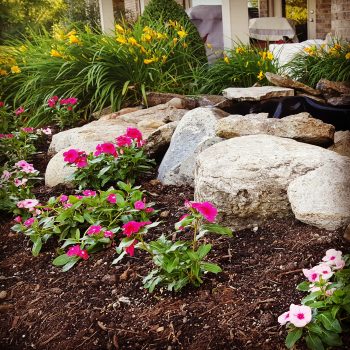 mulch and the men begin breaking up the soil. Julie compliments my plant choices and with her Master Gardener’s eye, fine tunes placement. I work alongside them, trimming the remnants of tulip leaves as they dig.
mulch and the men begin breaking up the soil. Julie compliments my plant choices and with her Master Gardener’s eye, fine tunes placement. I work alongside them, trimming the remnants of tulip leaves as they dig.
An hour later, they leave.
All sixty-one flowers are lovingly nestled in the earth. All the plant debris is gone: weeds, spent leaves, and birch seeds. The backbreaking task I estimated would take me eight or nine hours, spread across two days (or more)? Completed.
Creative folks often look at any and all tasks and believe that asking for help dulls our magic or takes away from the approach we have to living. We believe in order to be successful at any endeavor – be it writing a book, constructing a dress, or planting a garden – we must do it alone.
What I’ve made peace with as I’ve gotten older is that sometimes, we just need help.
We have a vision, but need someone to talk it through with us. Or do the heavy lifting. We want to dabble in an area we aren’t good at, but there’s too much work in getting it set-up we don’t bother trying. We believe that spending money on something we could do our self is wasteful, not considering how that time is taking us away from other pursuits.
Being creative doesn’t mean that we have to excel at every creative endeavor that calls our name.
We can bemoan the lack of having a green thumb and torture ourselves over the absence of natural talent. Or we can get the help me need to overcome our natural shortcomings.
Pay to have your lawn mowed. Hire an editor to help polish your book. Let the cleaners hem those pants. Buy the painting you love instead of living with bare walls. Listen to your gut when it tells you to pull over on the side of the road. And yes, maybe you pray for help and hope for a divine sign.
This is how we choose creative living. We swallow our pride and admit that we need help so that we can spend our time in the kind of environment our soul needs to grow. Don’t deny inviting creativity and beauty into your world just because you can’t create it all by yourself.
About the Author: Debra Smouse
 Debra Smouse is a self-admitted Tarnished Southern Belle, life coach, and author of Create a Life You Love: Straightforward Wisdom for Creating the Life of Your Dreams. She resides in Dayton, Ohio where she practices the art of living with the Man of Her Dreams. When she’s not vacuuming her couch, you’ll find her reading or plotting when she can play her next round of golf. She’s the Editor in Chief here at Modern Creative Life. Connect with her on Twitter, Facebook, and Instagram.
Debra Smouse is a self-admitted Tarnished Southern Belle, life coach, and author of Create a Life You Love: Straightforward Wisdom for Creating the Life of Your Dreams. She resides in Dayton, Ohio where she practices the art of living with the Man of Her Dreams. When she’s not vacuuming her couch, you’ll find her reading or plotting when she can play her next round of golf. She’s the Editor in Chief here at Modern Creative Life. Connect with her on Twitter, Facebook, and Instagram.
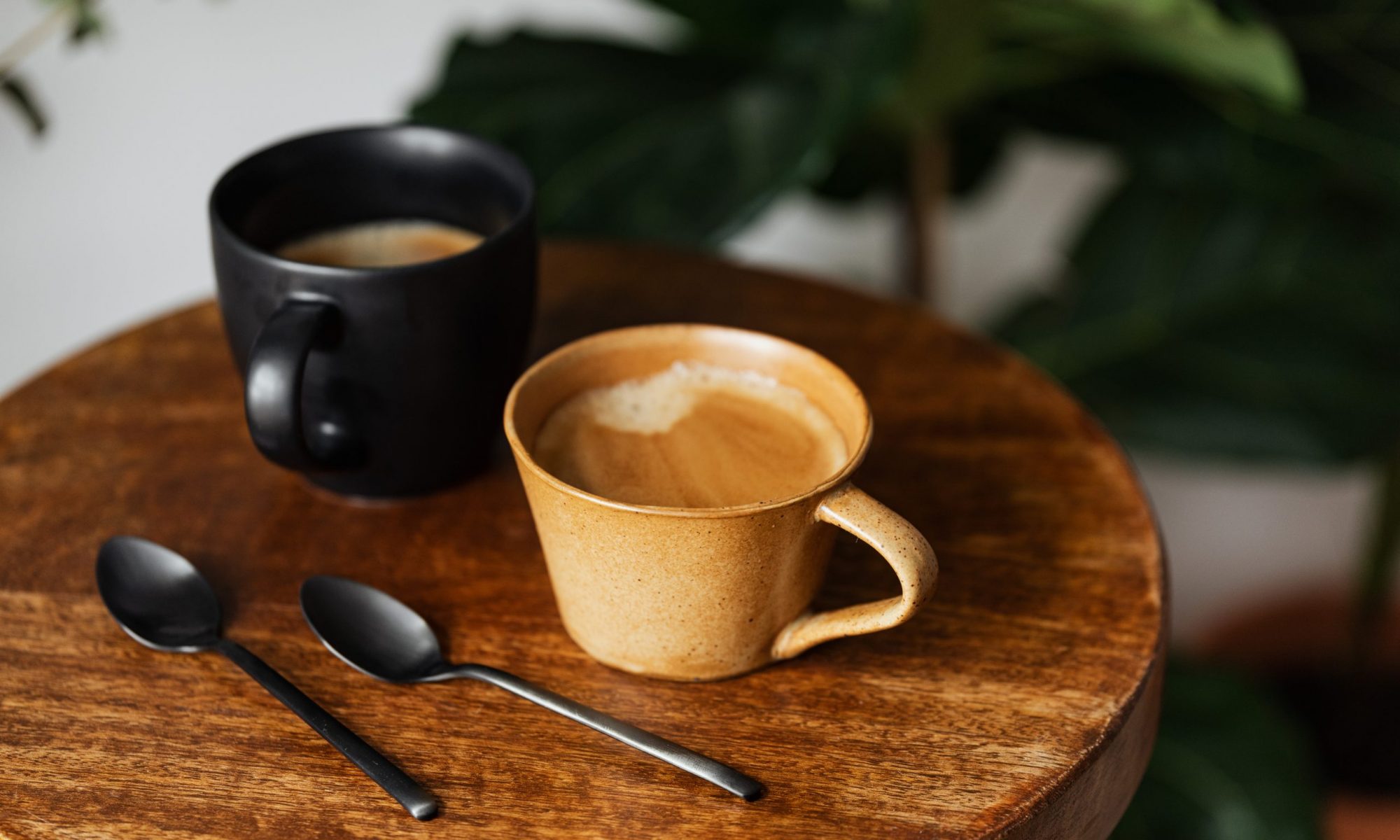
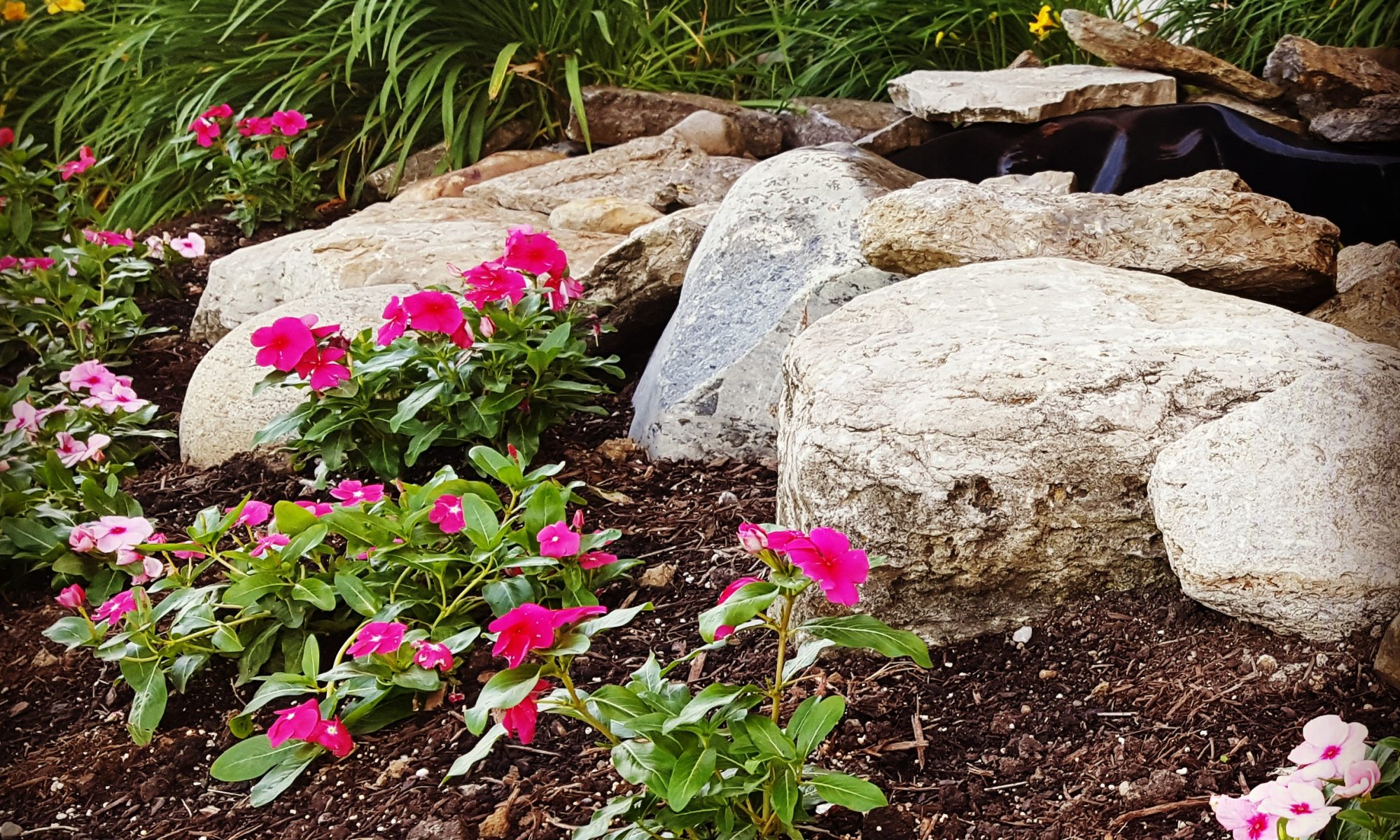
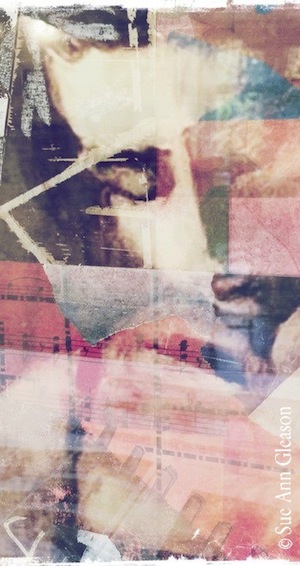
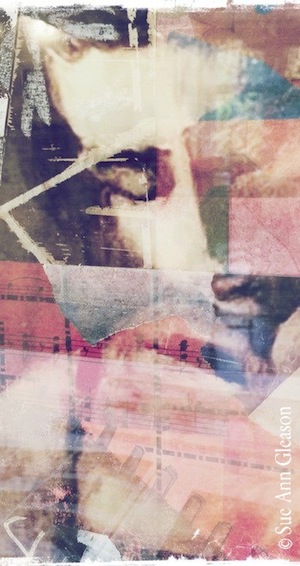 Forget everything you were about to say.
Forget everything you were about to say.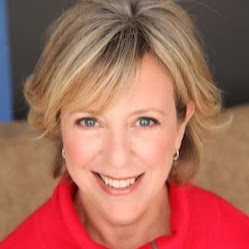 Nourishment guide,
Nourishment guide, 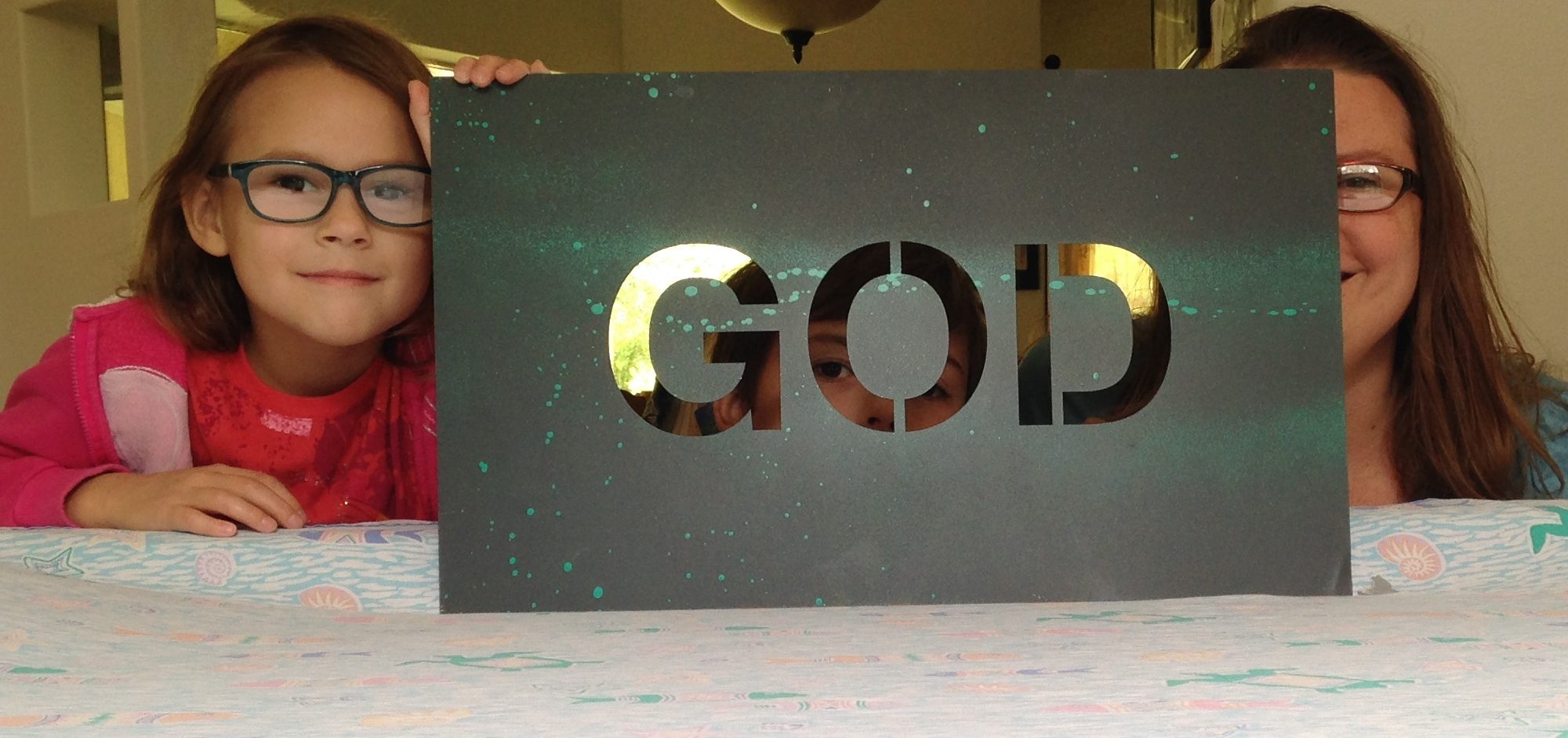
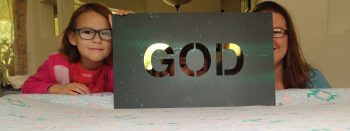

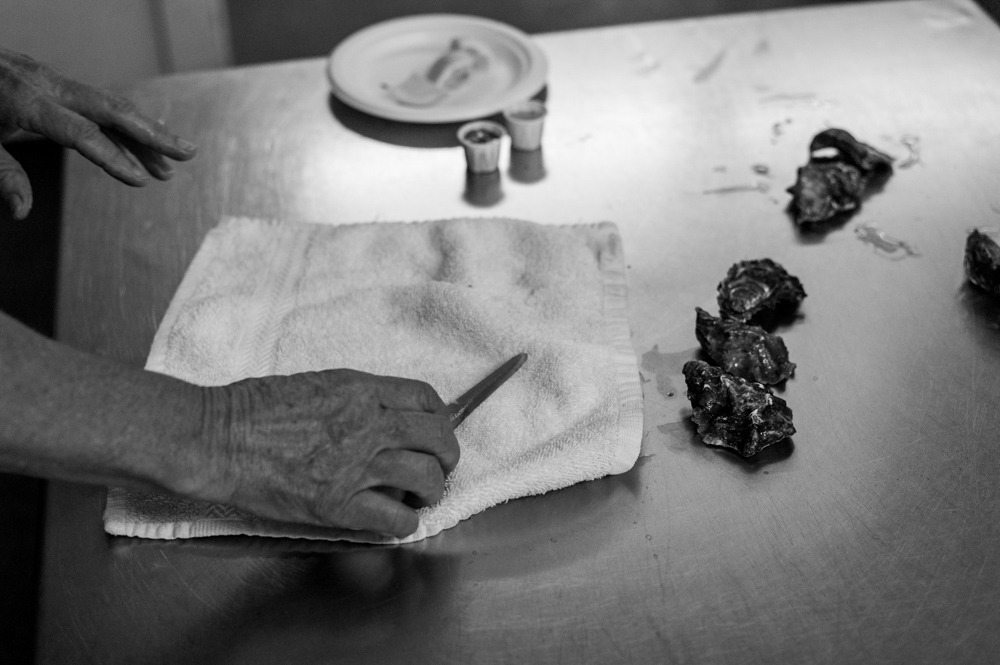
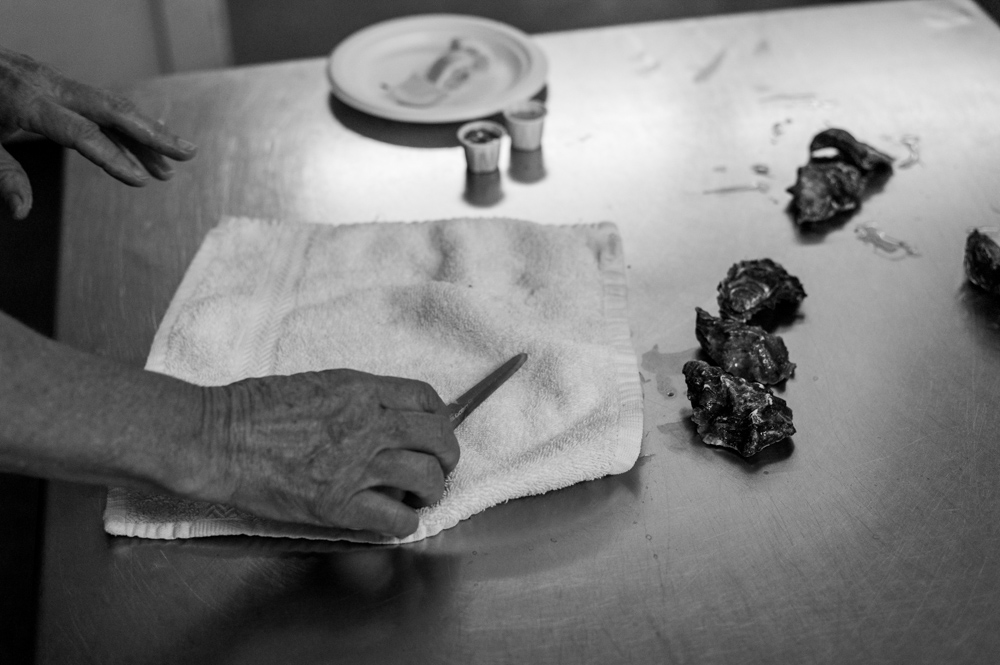
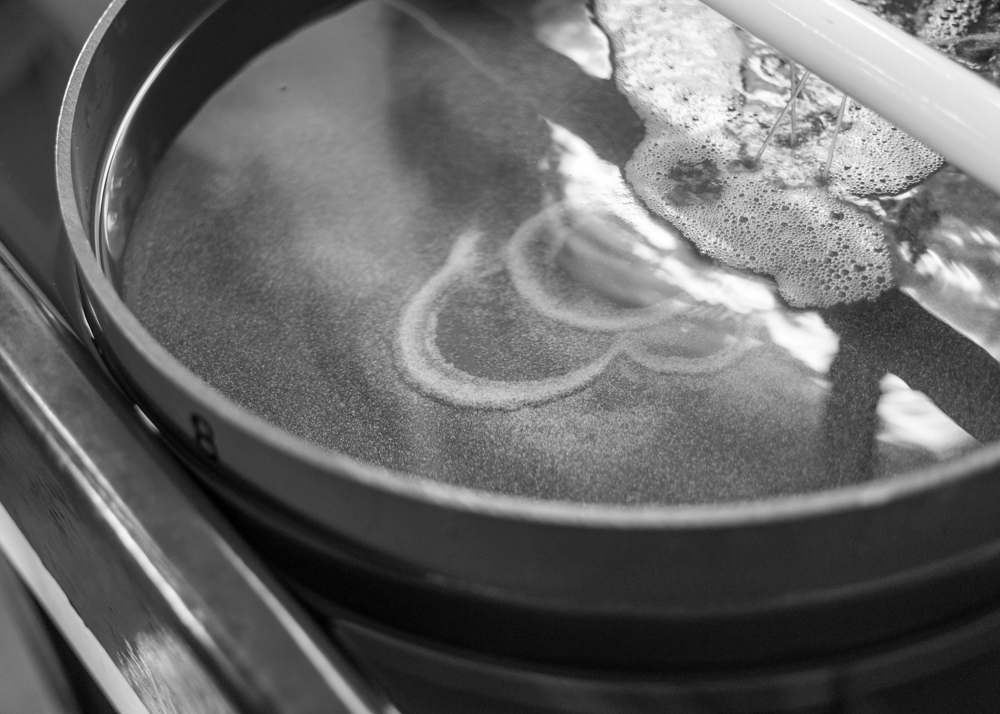
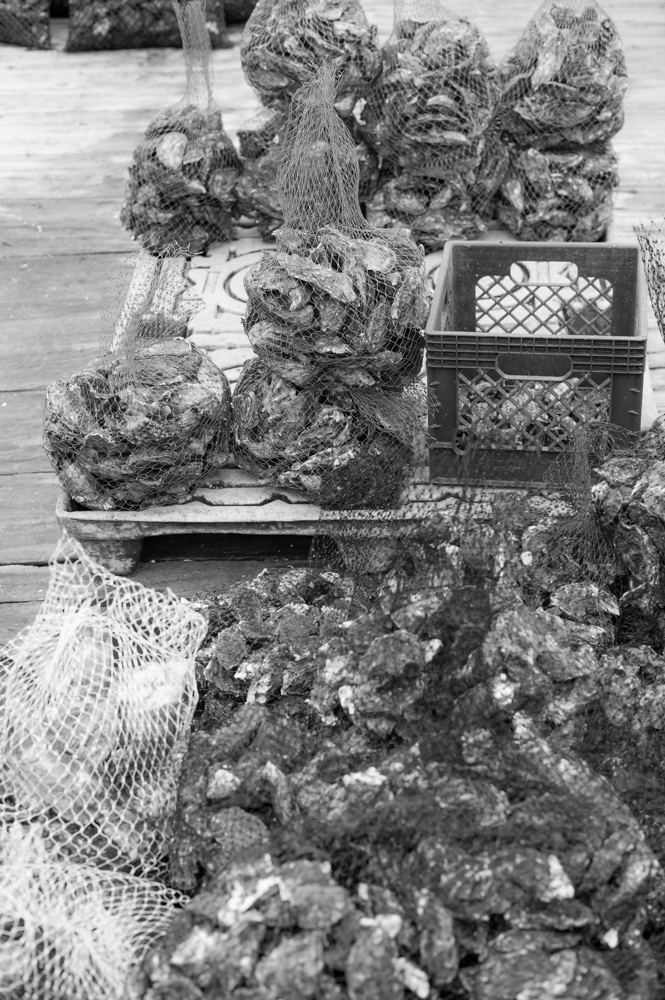
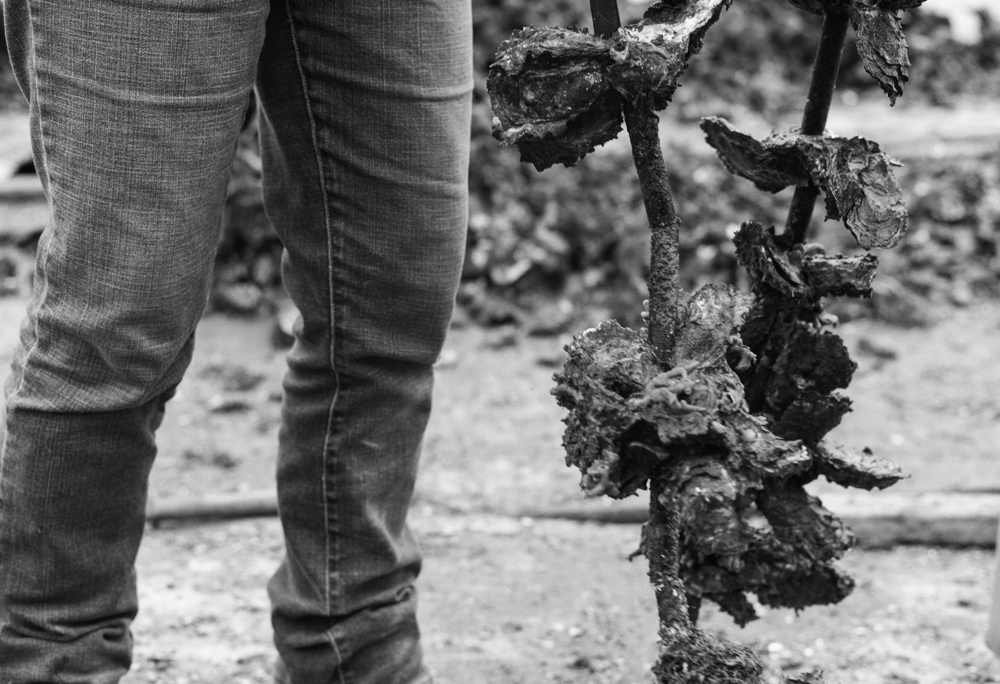
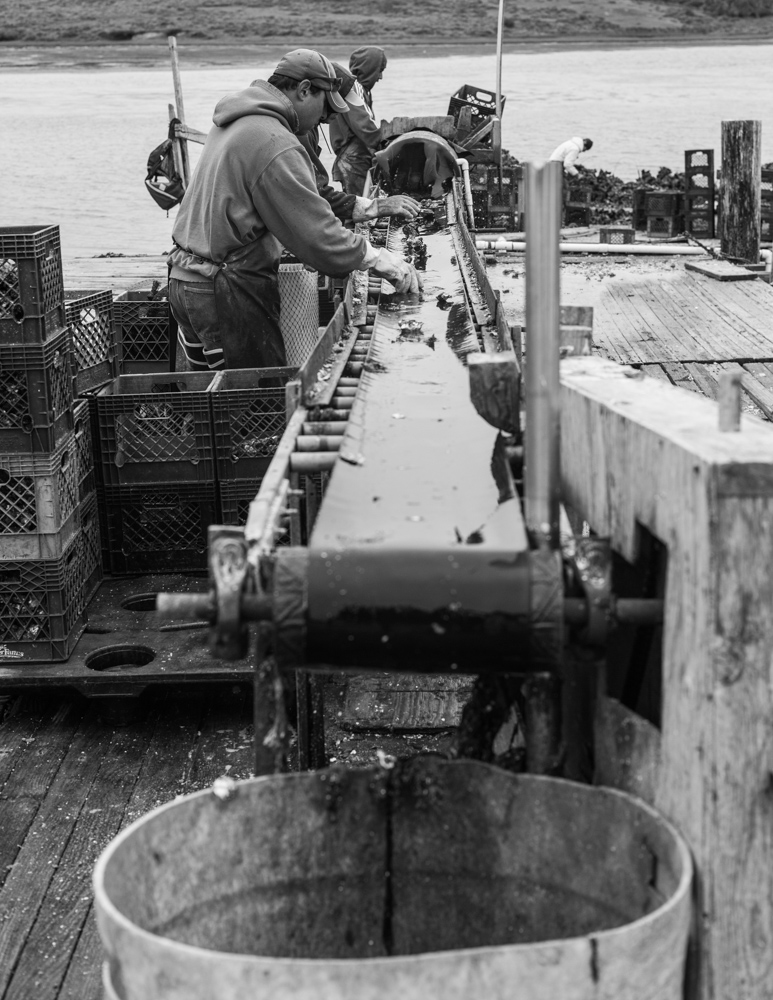
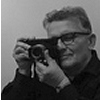 Lawrence Davanzo is a Santa Barbara-based photographer.
Lawrence Davanzo is a Santa Barbara-based photographer.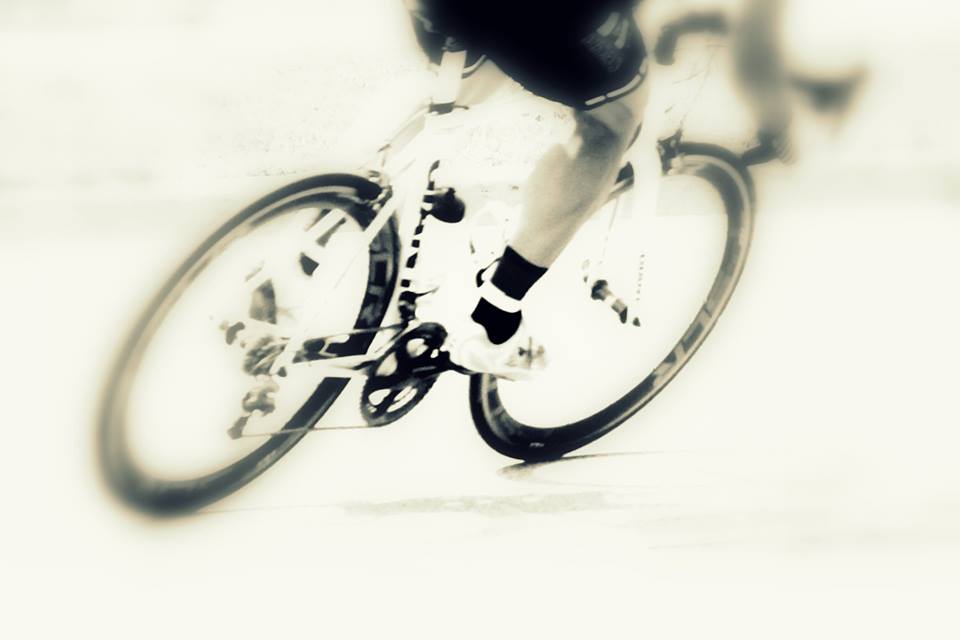
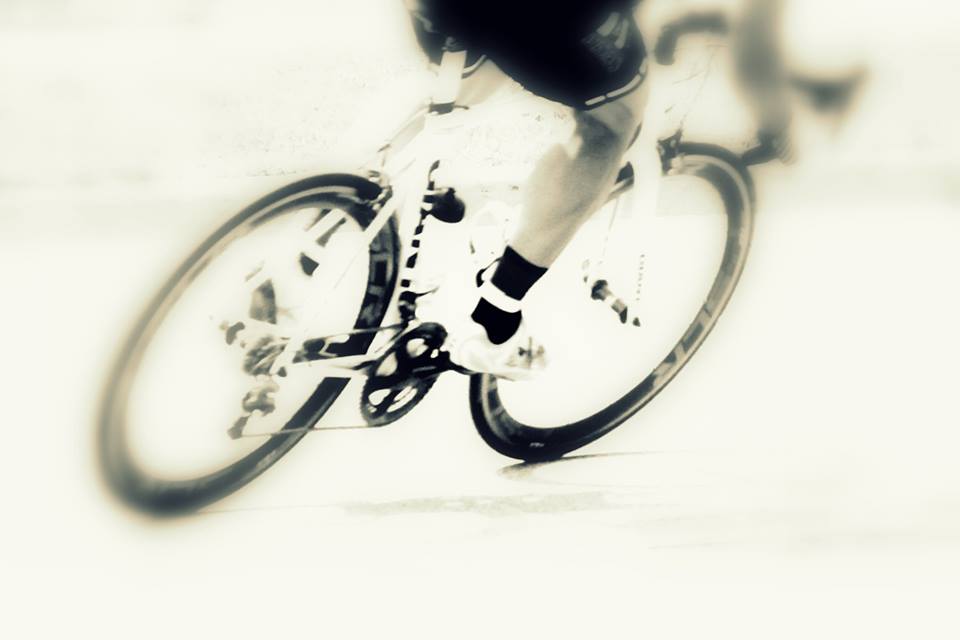


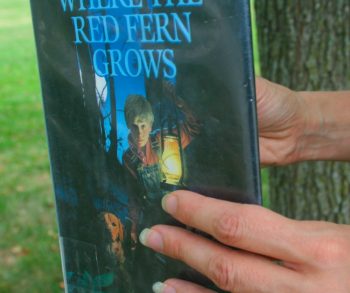 that books can’t break your heart.
that books can’t break your heart. living, other cultures, and other worlds. Books teach us how to be happy, and how to find our way in the world when we are different.
living, other cultures, and other worlds. Books teach us how to be happy, and how to find our way in the world when we are different.
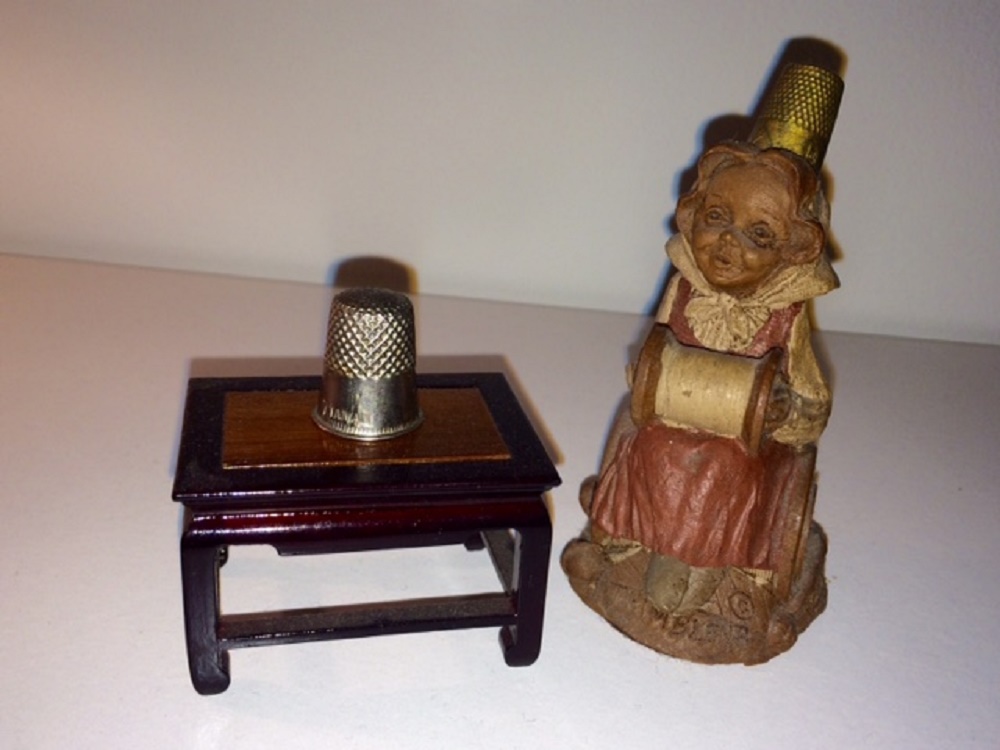

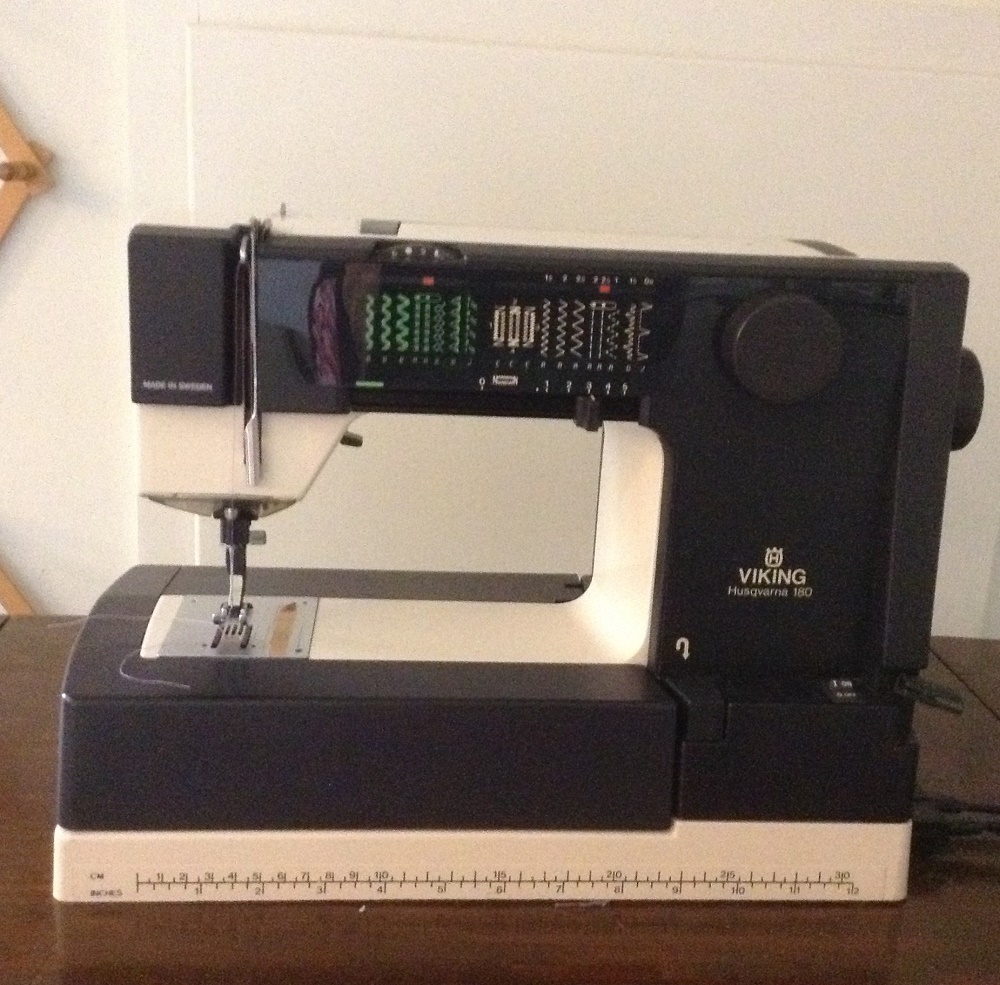

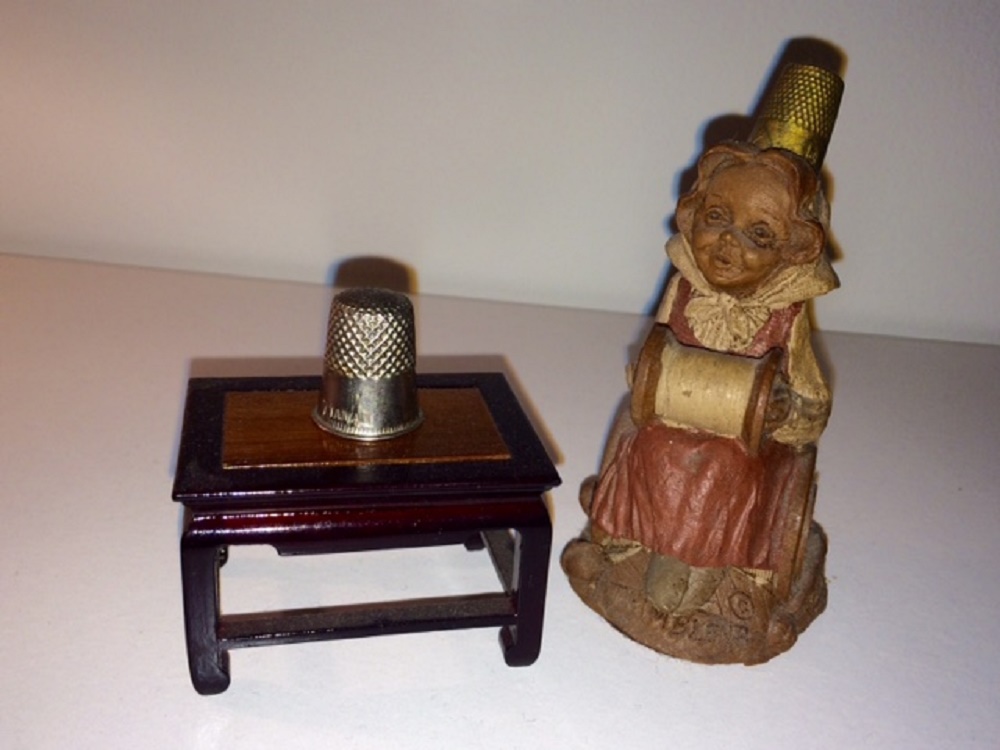
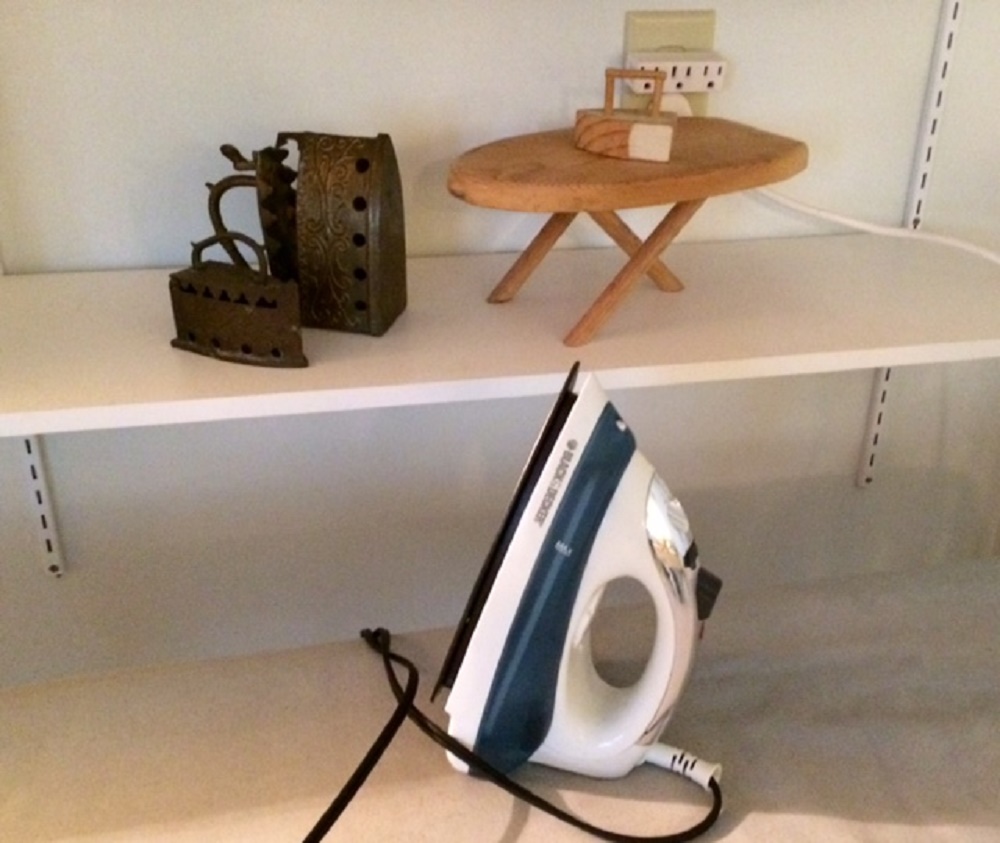
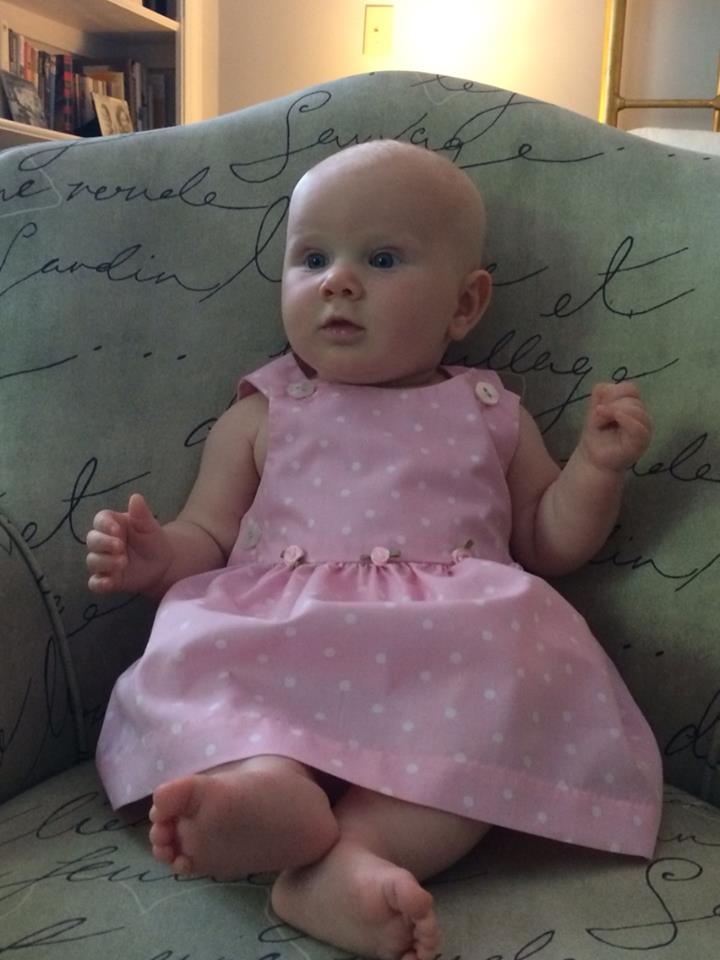
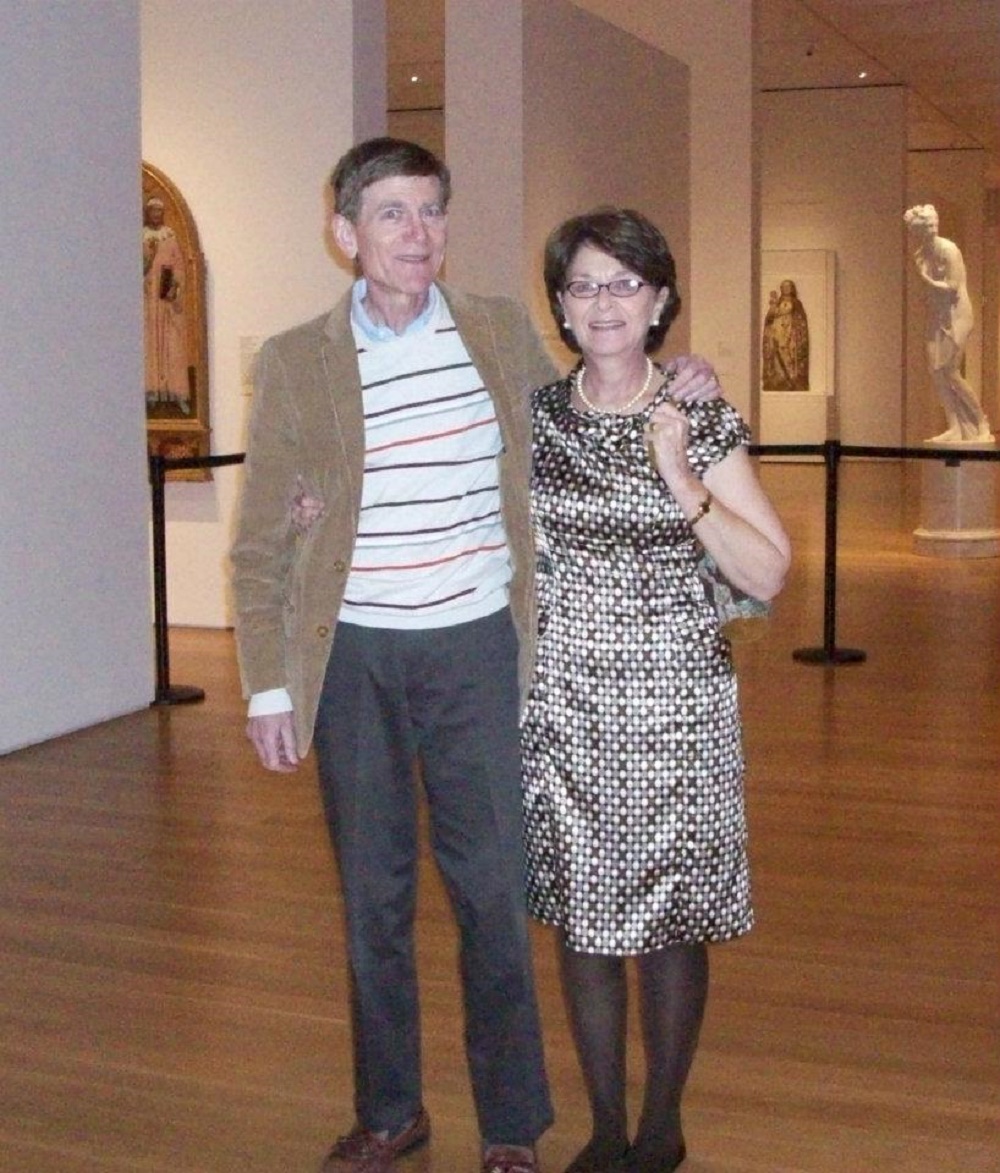
 I live in Raleigh, NC where I write, read, and watch birds. My stories have appeared in several magazines, most recently Every Writer’s Resource, Still Crazy and the Raleigh News and Observer. I am a Writer in Residence at the Weymouth Center. Get to know me better
I live in Raleigh, NC where I write, read, and watch birds. My stories have appeared in several magazines, most recently Every Writer’s Resource, Still Crazy and the Raleigh News and Observer. I am a Writer in Residence at the Weymouth Center. Get to know me better 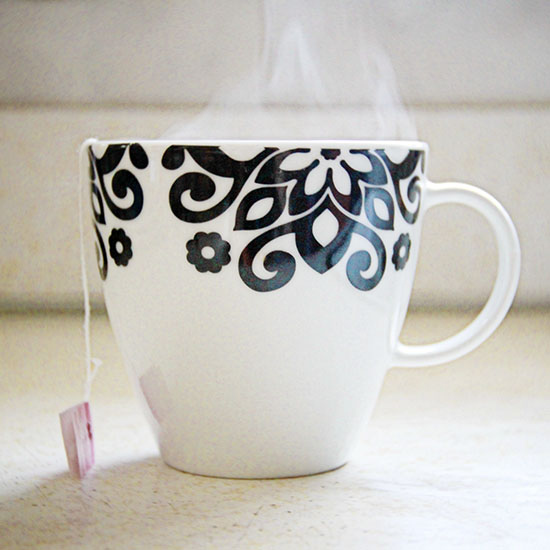
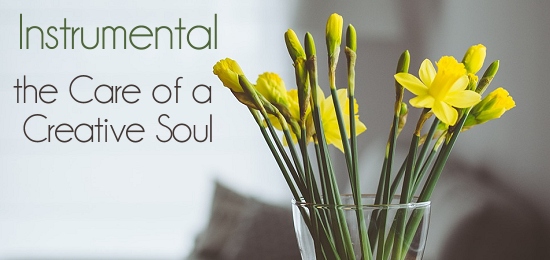
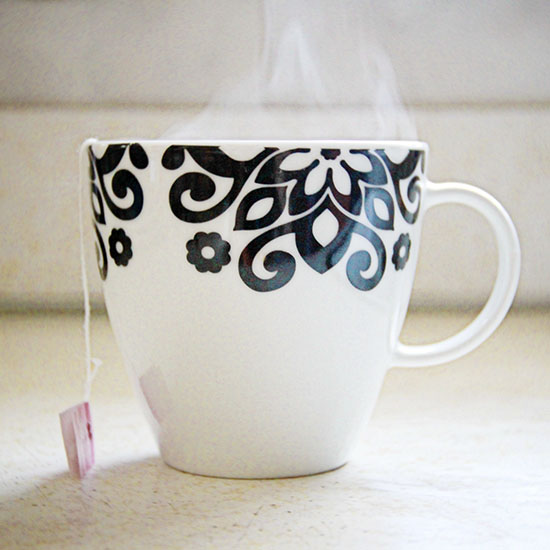
 Bella Cirovic is a photographer and writer who lives with her husband and daughter in the suburbs outside of NYC. She writes on the subjects of self care, body love and nourishment, crystals, essential oils, and family life. Catch up with Bella at her blog:
Bella Cirovic is a photographer and writer who lives with her husband and daughter in the suburbs outside of NYC. She writes on the subjects of self care, body love and nourishment, crystals, essential oils, and family life. Catch up with Bella at her blog: 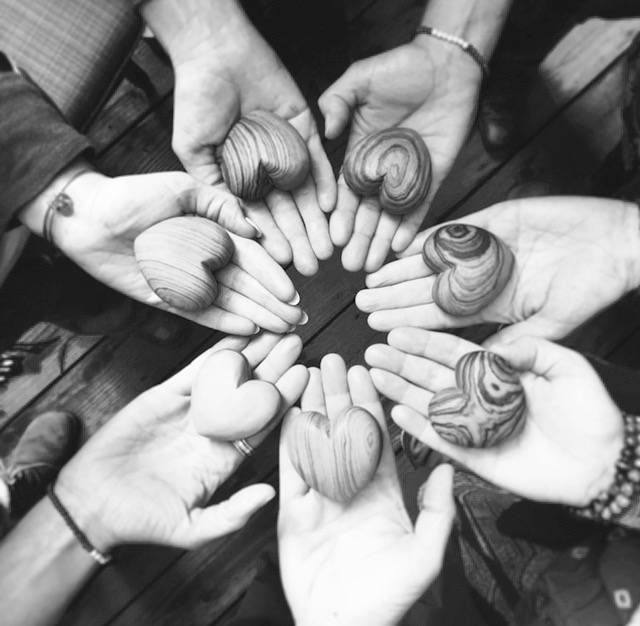
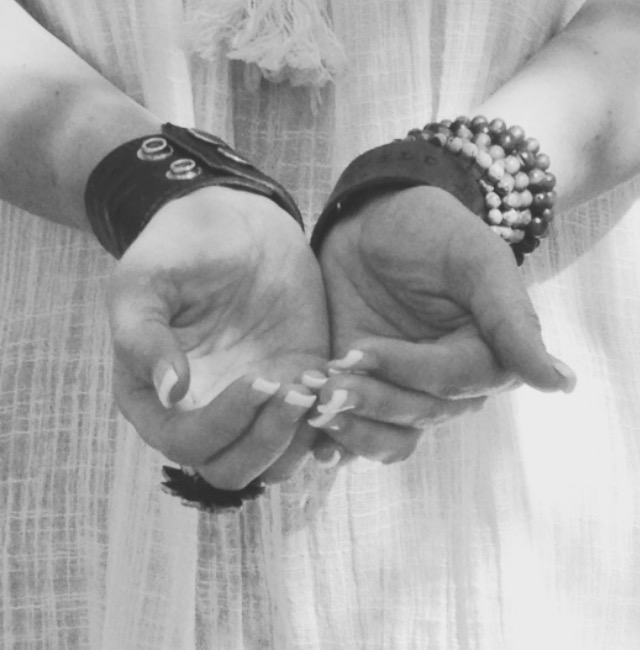
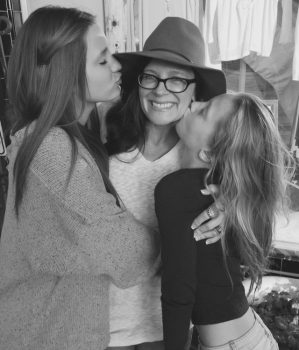 Facebook account. A good chunk of the answers were along the lines of face to face connection with family and friends, time in nature, doing something creative, listening to or playing music, spending time with animals, quiet time in prayer or meditation.
Facebook account. A good chunk of the answers were along the lines of face to face connection with family and friends, time in nature, doing something creative, listening to or playing music, spending time with animals, quiet time in prayer or meditation.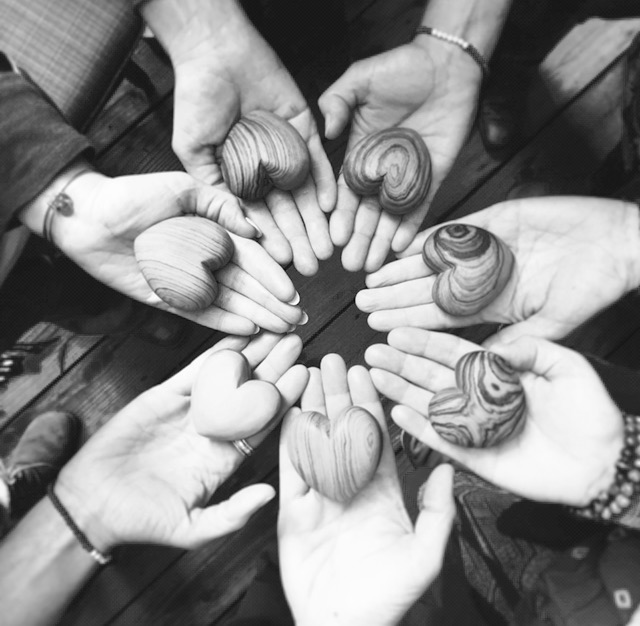
 Kolleen Harrison is a creative living in the beautiful Central Coast of California. She is the Founder of LOVEwild and Founder/Maker of Mahabba Beads. Her passions lie in nurturing her relationship with God, loving on her happily dysfunctional family, flinging paint in her studio, dancing barefoot, making jewelry (that is so much more than “just jewelry”), and spreading love and kindness wherever and whenever she can. You can find her popping in and out at
Kolleen Harrison is a creative living in the beautiful Central Coast of California. She is the Founder of LOVEwild and Founder/Maker of Mahabba Beads. Her passions lie in nurturing her relationship with God, loving on her happily dysfunctional family, flinging paint in her studio, dancing barefoot, making jewelry (that is so much more than “just jewelry”), and spreading love and kindness wherever and whenever she can. You can find her popping in and out at 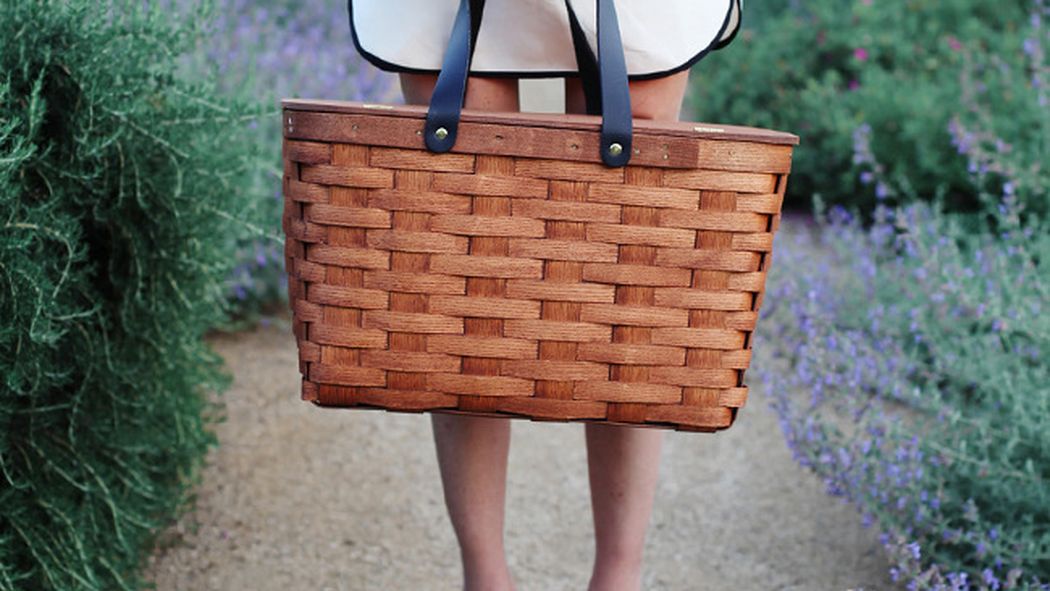
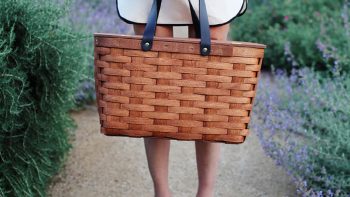
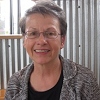 Pat Phillips West lives in Portland, Oregon. Her poems have appeared in various journals, including Haunted Waters Press, Persimmon Tree, San Pedro River Review, and Slipstream, and some have earned nominations for the Pushcart Prize and Best of the Net.
Pat Phillips West lives in Portland, Oregon. Her poems have appeared in various journals, including Haunted Waters Press, Persimmon Tree, San Pedro River Review, and Slipstream, and some have earned nominations for the Pushcart Prize and Best of the Net.